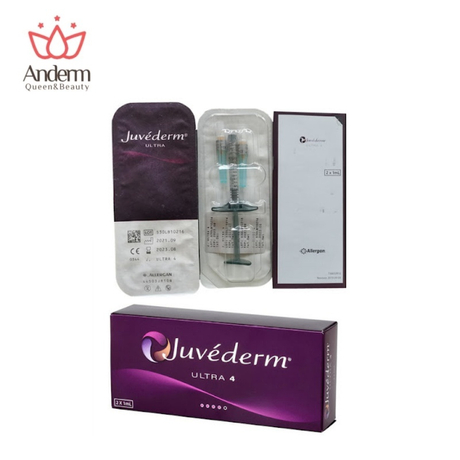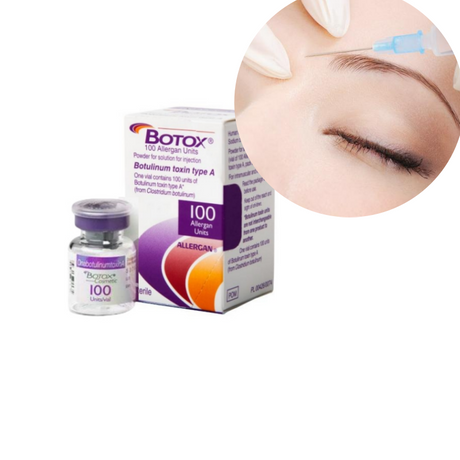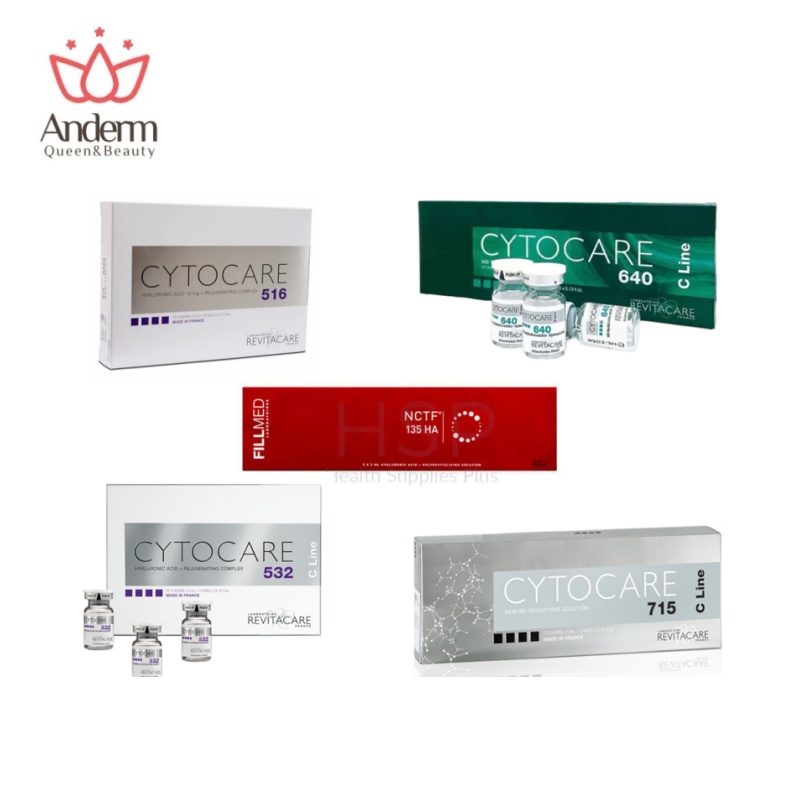
The most widely known cosmetic products on the market today are hyaluronic acid, meso solution, and botulinum toxin. Which is better, hyaluronic acid or meso solution? People who have this question often don't know the difference between hyaluronic acid and meso solution.
In fact, there are significant differences between hyaluronic acid and meso solution.
1. Different Ingredients
Hyaluronic acid: Its scientific name is hyaluronic acid. It is a type of glycosaminoglycan naturally present in our skin. It helps store moisture and increase skin elasticity. It has good stability and compatibility in the human body.
However, with aging, the hyaluronic acid in the skin gradually depletes. Even if it is supplemented externally, it is still metabolized by the body. This is why hyaluronic acid injections require subsequent supplementation.
However, due to its safe and natural properties, it is still the preferred choice for skin fillers by many people.
Meso solution is the primary ingredient in hydrating fillers, but other ingredients can be added during injection, such as collagen, botulinum toxin, and PRP (presumably a form of autologous cell-derived protein). Compared to hyaluronic acid fillers, hydrating fillers offer additional cosmetic benefits.
For example, they can stimulate cell regeneration, repair damaged and damaged skin cells, and quickly restore firm, smooth, and elastic skin. Their benefits are even more extensive than those of hyaluronic acid.
2. Different Degrees of Cross-Linking
Hyaluronic Acid: Hyaluronic acid has a higher degree of cross-linking, resulting in a higher hardness and viscosity. Its molecular weight is higher than that of hydrating fillers, providing better shaping and support. Think of hyaluronic acid as a gel-like aloe vera gel.
Meso solution has a lower degree of cross-linking than hyaluronic acid. If hyaluronic acid is a gel-like aloe vera gel, hydrating fillers are like diluted aloe vera concentrate. Hyaluronic acid has a lower molecular weight, resulting in lower hardness and viscosity, resulting in less shaping and support.
This leads to the concept of cross-linking. So what is cross-linking?
Cross-linking is actually a necessary step to stabilize injectable products like hyaluronic acid.
The human body produces hyaluronidase. Hyaluronic acid that has not been cross-linked will be metabolized within 1-2 days after being injected subcutaneously. Therefore, hyaluronic acid with a low degree of cross-linking cannot be used as a filler. To prevent hyaluronic acid from being easily metabolized by the body, we use hyaluronic acid products with larger molecules when performing body contouring.
3. Different Efficacy
Hyaluronic Acid: Small-molecule hyaluronic acid is commonly used to repair damaged skin and has a moisturizing and rejuvenating effect.
Medium-molecule hyaluronic acid can be used for tear troughs, lips, and wrinkle areas, and can also be used to fill facial hollows.
Large-molecule hyaluronic acid is primarily used for breast and hip augmentation, rhinoplasty, chin augmentation, and other areas requiring contouring.
Meso solution: The main benefits of a hydrating treatment are hydration and moisturizing, restoring elasticity to dry skin. In addition, a whitening ingredient, vitamin C, is added to improve skin tone and minimize pores.
4. Different Molecular Weights
Hyaluronic Acid: Hyaluronic acid is categorized into three molecular weights: small, medium, and large. The larger the molecule, the better the contouring effect.
Meso solution: Meso solution primarily uses small-molecule hyaluronic acid with low or no cross-linking, mixed with other ingredients.
5. Different Injection Levels
Hyaluronic acid: Injections are typically performed in the mid-dermis (primarily for wrinkle reduction), deep dermis (for cheek augmentation), and above the periosteum (for rhinoplasty). Hyaluronic acid injections are typically injected into at least the deep dermis, while for contouring applications like rhinoplasty, the deeper periosteum is required.
Meso solution: The target of a hydrating treatment is the superficial or mid-dermis, generally 0-3 mm below the skin surface. It improves skin texture and hydrates the epidermis.
6. Different durations of effect
Hyaluronic acid: A single injection of hyaluronic acid can last 6 to 12 months. A follow-up injection about three months after the injection will extend the effect and duration even further.
Mesotherapy: The duration of the mesotherapy effect can range from a few weeks to several months, depending on the properties of the hyaluronic acid or other cosmetic injection. A typical course of treatment is three treatments, with each injection spaced 2 to 3 weeks apart.
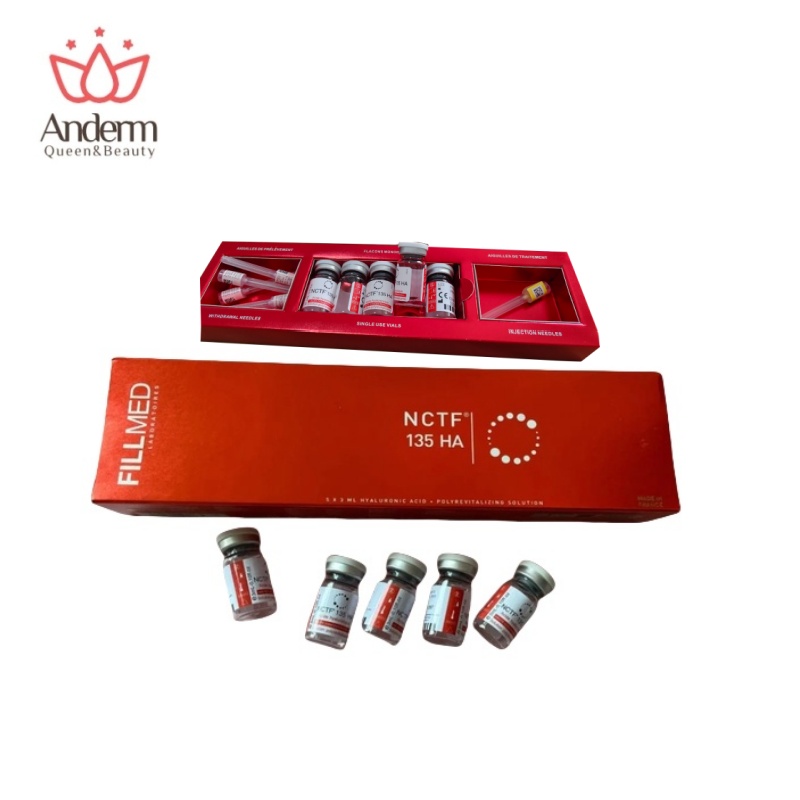
NCTF 135ha

Cytocare 715
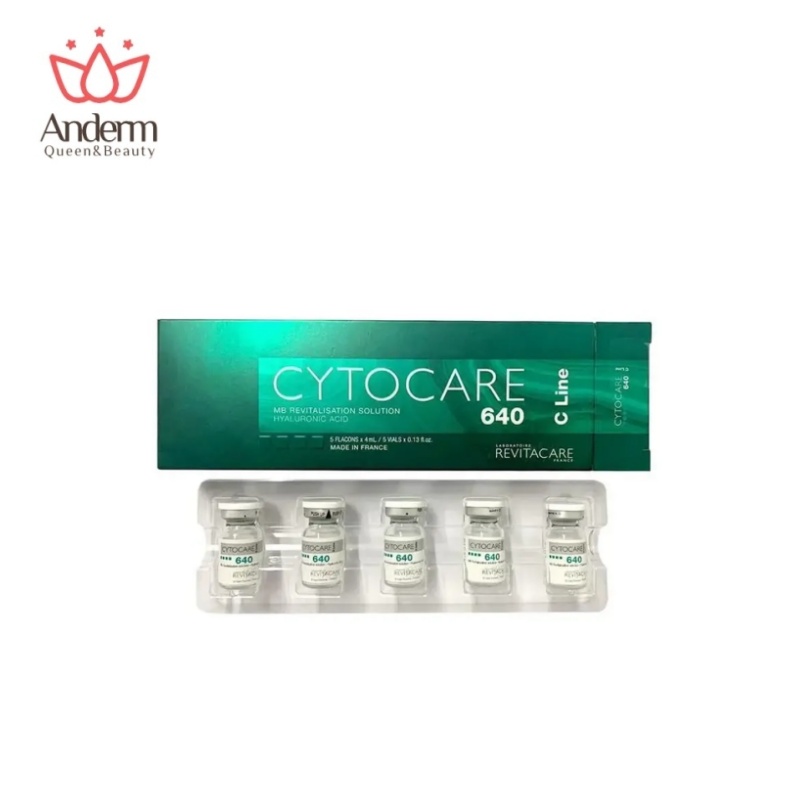
Cytocare 640















